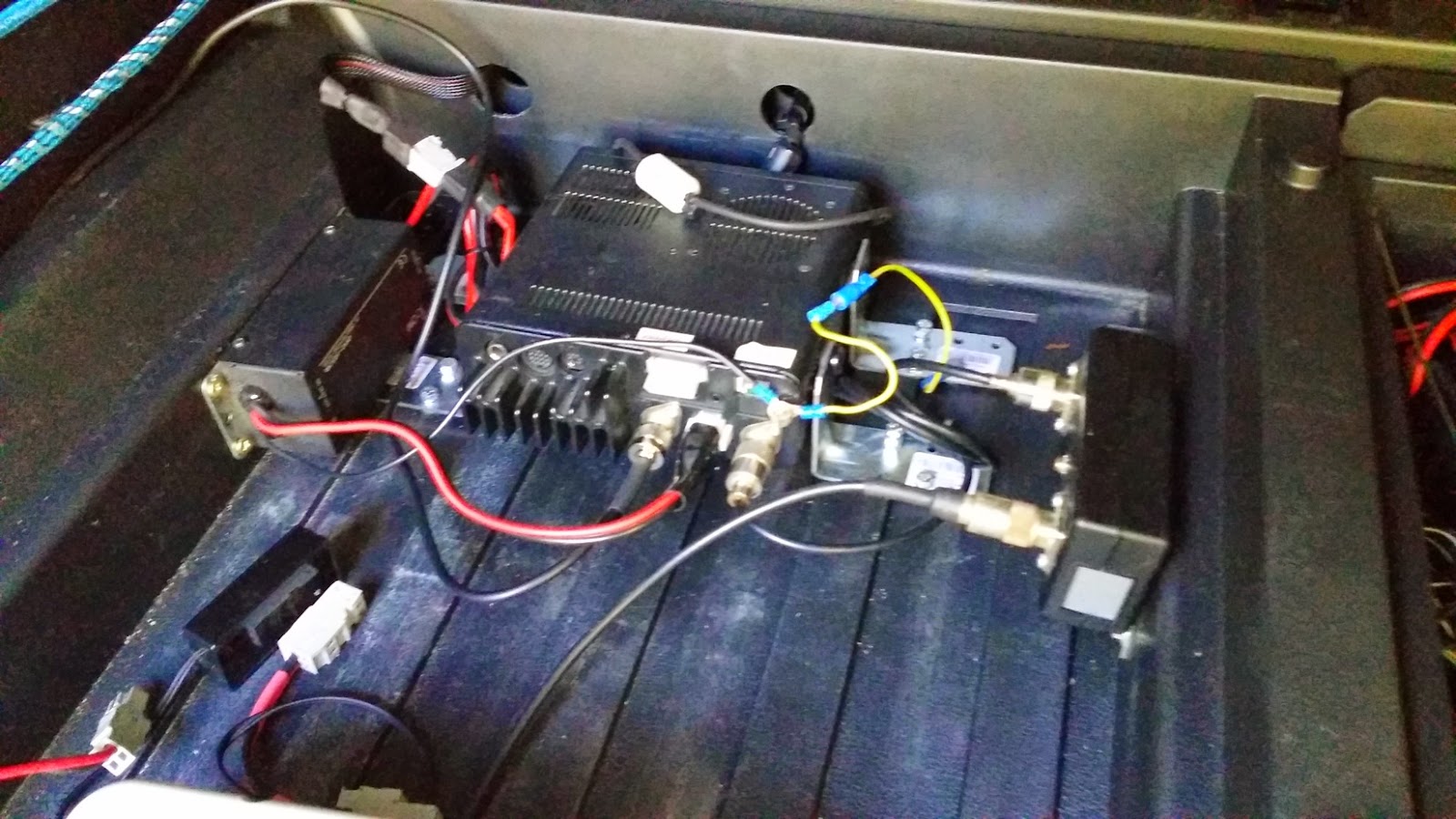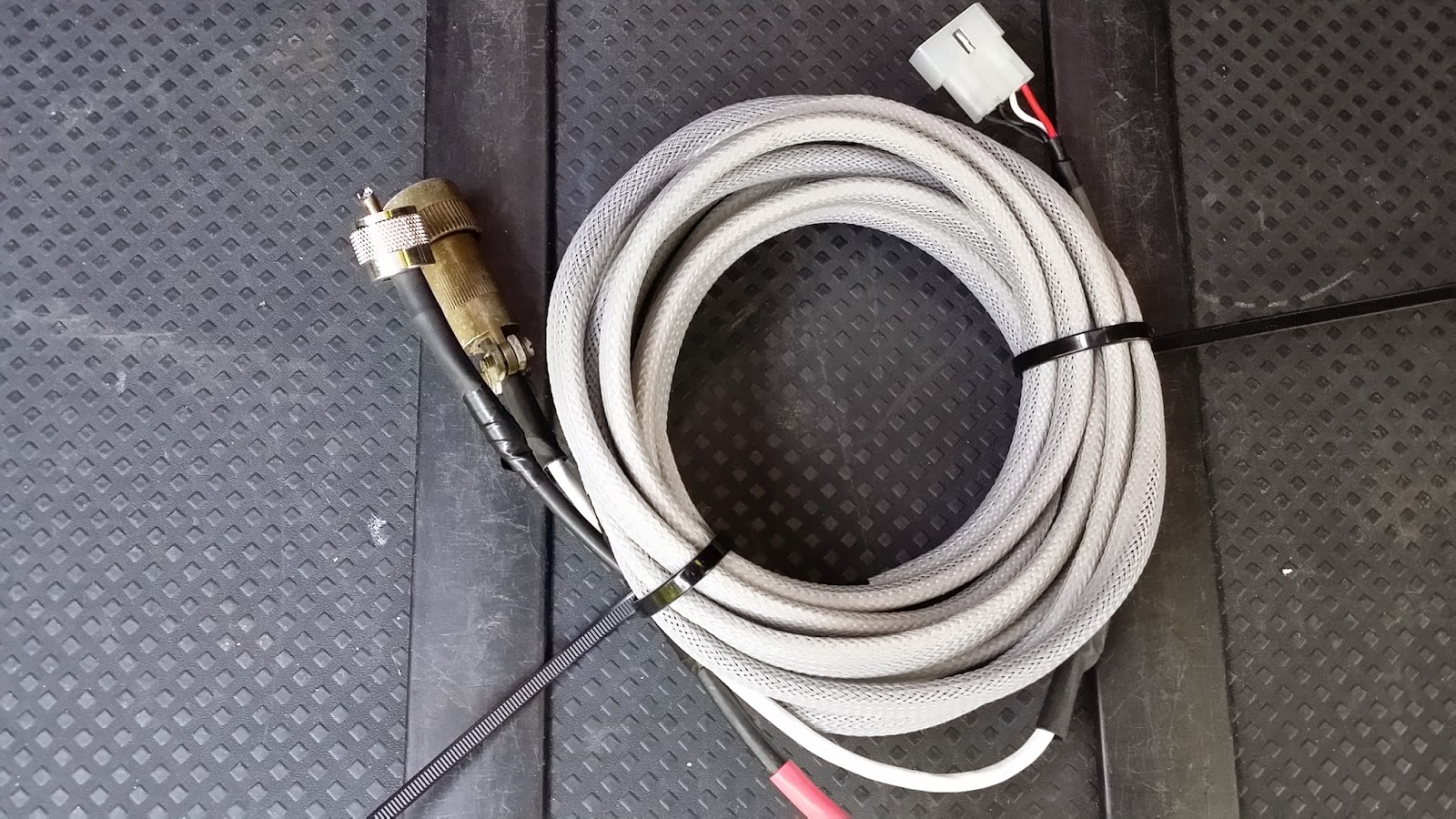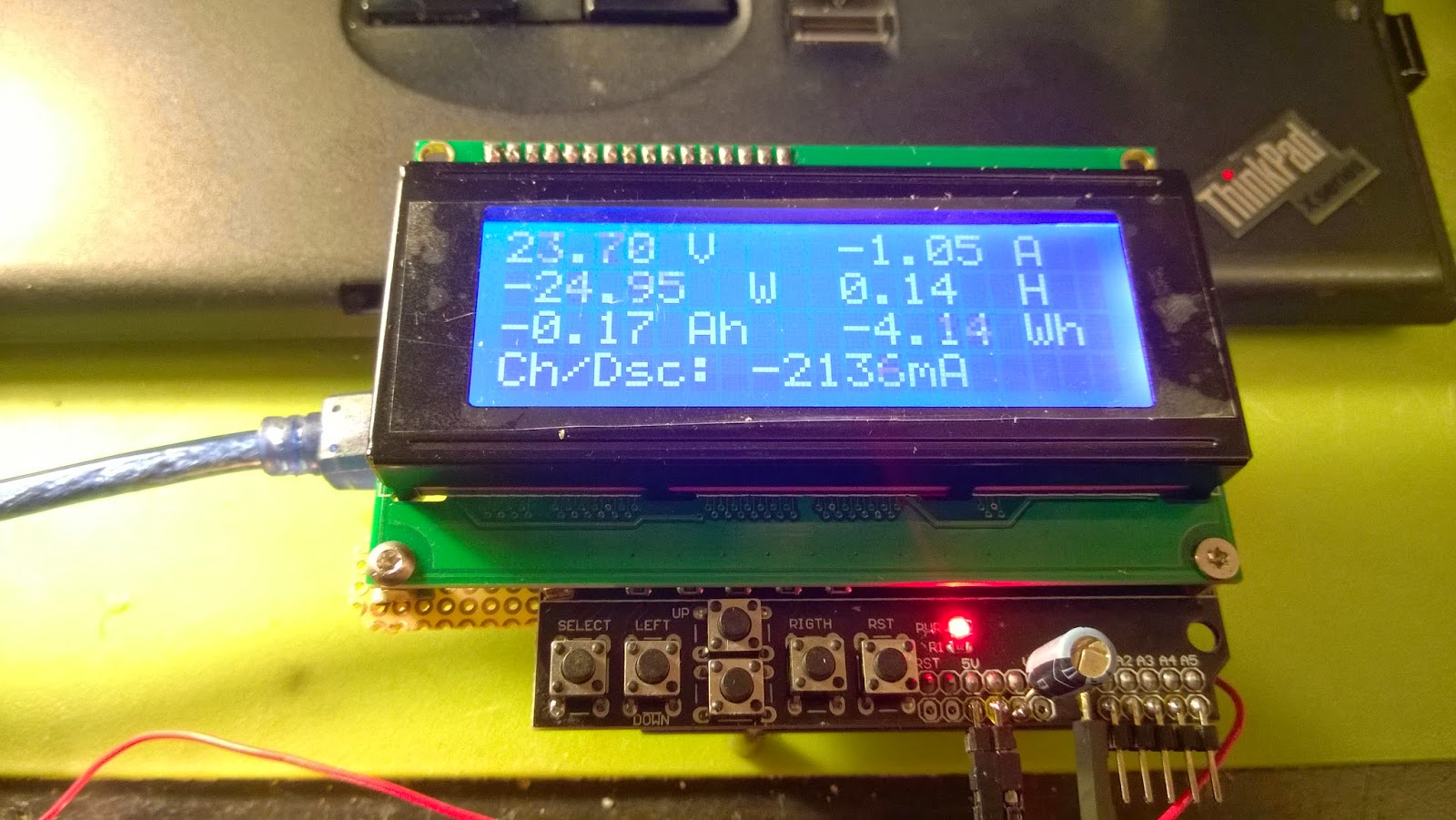Desi imi propusesem inca de anul trecut sa dau curs invitatiei de a participa la Ham Fair, din cauza unor probleme de sanatate am fost nevoit sa lipsesc.
Totusi, in acest an mi-am zis ca traznetul nu loveste de doua ori in acelasi loc si am reusit sa ajung.
La timp, as spune, pentru a putea surprinde forfota dinaintea deschiderii spatiului expozitional, cu emotiile intalnirii si reintalnirii mai multor radioamatori cunoscuti la editiile anterioare ale targului sau doar din legaturile radio.
Prima senzatie, in fata intrarii in Corpul A a fost de pustiu! La ora 8:30, cu o jumatate de ora inaintea deschiderii era mare aglomeratie in alti ani. Anul acesta, hm...
Momentul asteptat cu nerabdare!
Peretele cu QSL-uri, imediat dupa deschidere.
Un pic de nostalgie. Am avut si eu unul identic, din pacate imprumutat unui radioamator care a trecut apoi in nefiinta.
Echipamente "verzi "romanesti de vanzare la o taraba a unor unguri.
YO3GA
YO3AS si YO3AAS
La conferinta de deschidere, la care am primit o invitatie intr-un mod absolut vetust dar atat de placut: in cutia postala!
In cuvintele de deschidere, s-a accentuat legatura stransa intre inovare si radioamatorism precum si intentia de a mentine pasul cu noile tehnologii.
Primul a luat cuvantul Primarul orasului, dupa care au urmat membri din conducerea DARC.
Cateva momente "de aur", cu ocazia acordarii a trei insigne de catre Martin Kohler, DL1DCT (da, de aur) ca semn al recunoasterii din partea DARC, la aniversarea a 65 de ani de la infiintare:
DH2MIC - Hartwig Hamm - pentru eforturile depuse "in spatele scenei" dar si pentru implicarea in pregatirea unei generatii de noi radioamatori (peste 150 de radioamatori datoreaza obtinerea autorizatiei pregatirii facute cu DH2MIC).
DJ9OZ- Mike Becker - coordonator al retelei de urgenta a radioamatorilor germani.
DL2VFR - Enrico "Ric" - coordonator al unor programe DARC (WFF, IOTA, editor intre 2002 - 2013 la CQ-DL-Magazine). DG6BCE-Oliver Amend, Vicepresedinte ARISS International,
DL7ATE-Steffen Schöppe, Presedinte DARC, Petra Rathgeber, Project Manager al manifestarii "Ham Radio" si Klaus Wellmann, CEO Messe Friedrichshafen.
Extrem de interesanta a fost initiativa DARC-
ÖVSV (Asociatia austriaca) de a strange intr-un document doleantele tehnice ale radioamatorilor si de a le inmana reprezentantilor YAESU, ICOM si KENWOOD!In respectivul document se afla idei inovatoare pentru echipamentele destinate radioamatorilor, cum ar un transceiver bazat pe platforma open-source Android, dotat cu BT, WIFI, GPS, multiband multimode.Interesant demers, sa vedem raspunsul industriei.
Totusi, au si ele farmecul lor, chiar daca nu au ecrane color!
Terminale TETRA pentru toate buzunarele!
Vedeti acum ce aveam in vedere cand spuneam ca a fost cam pustiu anul acesta?
Zeppelin. Unul din cele care cutreiera vazduhul in zona. Anul acesta nu am zburat cu el. :a anul, cu certitudine.
Variatiuni pe aceeasi tema:
Hilberling.
ICOM.
YAESU.
Happy Birthday, DARC!
La seminarul SOTA, Jürg Regli, HB9BIN a facut o prezentare comparativa a echipamentelor adecvate in functie de durata turului si de WX dupa care a mai avut cateva "glumite", zic eu usor nesarate, in spirit pur elvetian.
Peter Kohler, HB9TVKYO2MSB a prezentat un program de log pentru SOTA, mult mai bine pus la punct decat actualele programe accesibile pe platforma Android sau Windows Phone.
Sorin, YO2MSB a prezentat planul turului SOTA. Foarte interesant, sper sa le iasa participantilor!
M-am simtit si eu bine cand Paul HB9DST/AA1MI a avut cateva cuvinte de apreciere fata de managerii de tara...
Au fost printre foarte putinele multumiri pe care l-am primit pentru cei doi ani in care m-am chinuit sa pun Romania in programul SOTA...
Harta intepata.
Asaltul "chinezoaicelor". Preturi mici, calitate... de vazut cat vor rezista. O multime de echipamente complet proiectate si produse in China, multe cu inspiratie de la cei 4 mari clasici.
Am observat o multime de mici intreprinzatori care vin si prezinta cate un produs. Este greu de spus daca vor avea succesul pe care l-a avut, de exemplu, Palm cu manipulatoarele lor.
RigExpert continua sa dezvolte linia de produse. Au prezentat o solutie-concept completa pentru actionarea remote a statiei. Mult peste solutiile existente, dar despre ele prea putine informatii.
O alta surpriza, mai devoalata insa, este aparitia in toamna, la un pret de retail de circa 600 EUR a unui nou analizor, AA-230mini. Va acea ecran color, gama de masuratori de la 100kHz la 230 MHz si se pare ca va combina intr-un singur echipament un analizor de antene (resistive bridge), analizor de spectru si TDR.
Cred ca vreau si eu unul!
WIMO a venit cu un portofoliu de produse extrem de redus, bazandu-se pe precomenzile online.
Au dat lovitura cu free-shipping pentru comenzile online plasate pe durata targului.
Standul FRR.
Standul DARC dedicat Arduino.
Standul ARR.
Radioamatorii italieni au demonstrat eficienta intr-o multime de situatii de urgenta astfel incat guvernul (lor) le-a pus la dispozitie fonduri pentru extinderea dotarii.
Banii au fost cheltuiti, printre altele, pe o instalatie de comunicatie via satelit geostationar COMERCIAL, echipamentul din imagine fiind nodul de interconectare cu retelele guvernamentale.
Nu stiu la ce privea pustoaica atat de atenta dar se observa ca are controlul parental activat, in spate.
USKA.
ELEKRAFT.
Mi-am dat seama ca lipseste ceva. Sau cineva. Asa ca m-am uitat dupa standul Kenwood insa nu am reusit sa il gasesc!
Microfon remote BlueTooth pentru statia mobila Hytera.
Spre norocul meu, seminarul dedicat comunicatiilor in situatii de urgenta a inceput cu intarziere. Am ajuns la timp Foaierul Est, tocmai in capatul celalalt al complexului expozitional la timp sa prind prezentarea lui Greg Mossop, coordonatorul IARU Region I, dupa care am stat la palavre constructive inca vreo ora! TNX Greg!
Ce am mai vazut interesant? O rulota cu un mic pilon capabil sa sustina un Inverted V si o antena VHF/UHF. Tocmai bun pentru "rapid deployment" in situatii de urgenta si o replica a masinii de criptat "Enigma", tocmai buna de criptat mesajele in situatii de urgenta! HI, glumeam!
In paralel cu Ham Fair a avut loc si Makers Fair, adica, in traducere libera, "Targul constructorilor". O multime de tineri care isi demonstrau si exersau indemanarea fie pe costume, pe montaje electronice, pe modificari de carcase de calculatoare fie pe software pentru imprimante 3D!
Am mai dat o tura rapida prin hale ...
... dupa care am plecat!
Iata si cateva imagini de prin orasel. Scuze pentru calitate, sunt facute cu telefonul.
Anul acesta am stat in Lindau, un minunat orasel pe o micuta insula, ceva mai la Est de FS.
Cam atat deocamdata.
Daca mai imi aduc aminte, pun la comentarii.
73 de Adrian YO3HJV
![]() After I contemplate various possibilities of transistor oscillators, I came up with a simple, reliable and versatile TTL configuration, "a classic" to say it simple.
After I contemplate various possibilities of transistor oscillators, I came up with a simple, reliable and versatile TTL configuration, "a classic" to say it simple. After I contemplate various possibilities of transistor oscillators, I came up with a simple, reliable and versatile TTL configuration, "a classic" to say it simple.
After I contemplate various possibilities of transistor oscillators, I came up with a simple, reliable and versatile TTL configuration, "a classic" to say it simple.






























































































































































































































